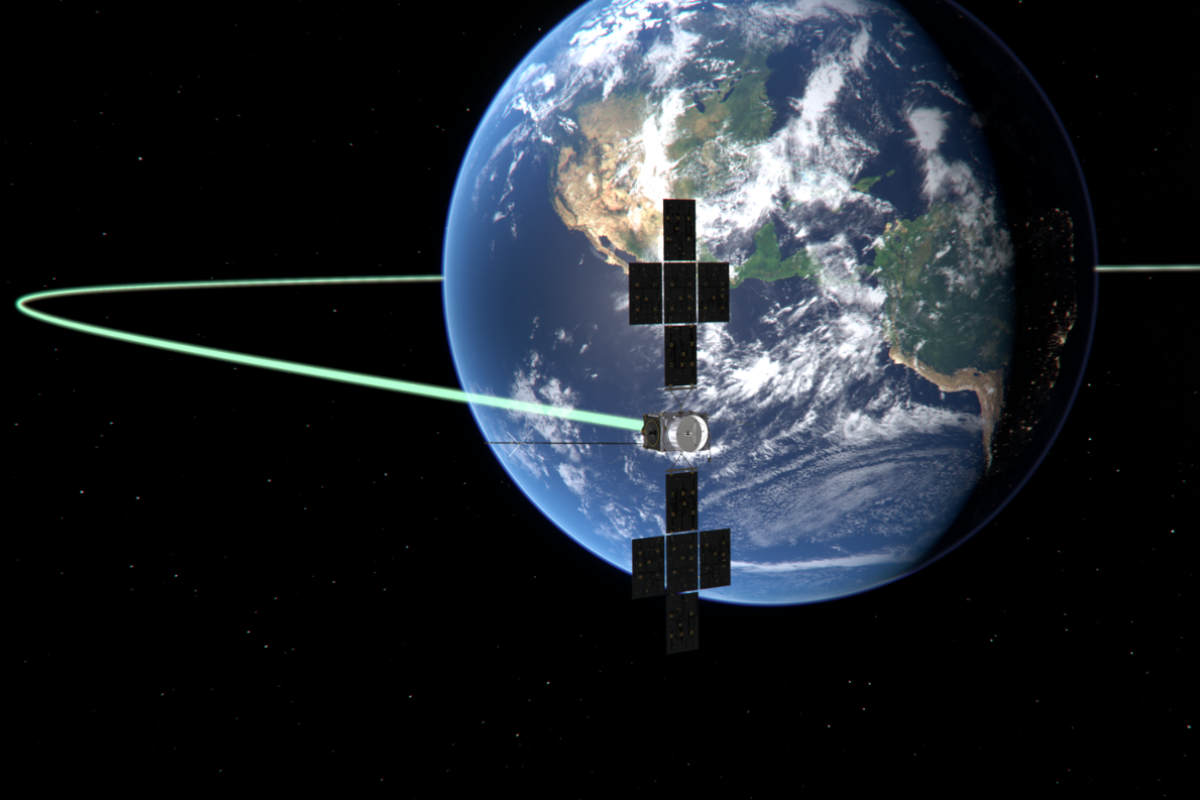Summary Juice successfully completed a lunar-Earth flyby on its way to Jupiter via Venus using gravity assists. The spacecraft collected data and photos during the flyby, while also receiving energy boosts from the Earth and Venus. Juice, Europe's spacecraft, will explore and study moons of Jupiter in search of extraterrestrial life by 2031.
The Jupiter Ice Moons Explorer (Juice) has successfully completed a world-first lunar-Earth flyby as it takes a "shortcut" to Venus on its way to Jupiter. Juice is now over a year into its 8-year journey through the Solar System on its way to studying the moons of Jupiter in the hope of finding life. Juice will overlap with NASA's Europa Clipper, planned for launch in October 2024 , which will similarly explore Jupiter's moons in search of life in space beyond Earth.

Juice fly-bys the moon and Earth The European Space Agency (ESA) stated: " ESA’s Jupiter Icy Moons Explorer (Juice) has successfully completed a world-first lunar-Earth flyby, using the gravity of Earth to send it Venus-bound, on a shortcut to Jupiter through the inner Solar System ." The space agency also said that the spacecraft's closest approach to the moon was at 21:15 UTC on August 19; this guided Juice towards its closest approach to Earth a little over 24 hours later at 21:56 UTC on August 20. " As Juice flew just 6840 km above Southeast Asia and the Pacific Ocean, it snapped a series of images with its onboard monitoring cameras, and collected scientific data with eight of its ten instruments ," ESA said in a statement.
Juice was launched over a year ago on April 14, 2023, and it is expected to reach Venus in August 2025. It will then return for a second flyby of Earth in September 2026 and a third and final flyby of Earth in January 2029. These gravity assists will give it the energy it needs to reach Jupiter.
ESA explains, " From that moment [the 2025 Venus flyby] on, the energy boosts will begin, with Juice being whizzed up by Venus and then twice by Earth – the space exploration equivalent of drinking three back-to-back espressos ." Juice is expected to finally reach Jupiter in July 2031 after a total of eight years and four gravity assists. It will enter orbit around Jupiter's Ganymede moon in December 2034.
Without access to Russian rockets, the European Space Agency is in a race to source alternative launchers. Europe's quest for extraterrestrial life Juice is an interplanetary spacecraft. It is the first of its kind to explore the outer Solar System planets without being launched by the United States.
ESA developed and built it and launched it from the Guiana Space Centre in South America's French Guiana. Airbus Defence and Space was the primary contractor for Juice. "ESA’s Jupiter Icy Moons Explorer, Juice, will make detailed observations of the giant gas planet and its three large ocean-bearing moons – Ganymede, Callisto and Europa – with a suite of remote sensing, geophysical and in situ instruments.
The mission will characterise these moons as both planetary objects and possible habitats, explore Jupiter’s complex environment in depth, and study the wider Jupiter system as an archetype for gas giants across the Universe." - ESA Juice is currently on its way to orbit and studying Europa, Callisto, and Ganymede (three icy moons of Jupiter). These moons are thought to have bodies of liquid water beneath their frozen surfaces and are believed to be potentially habitable for extraterrestrial life.
.



















